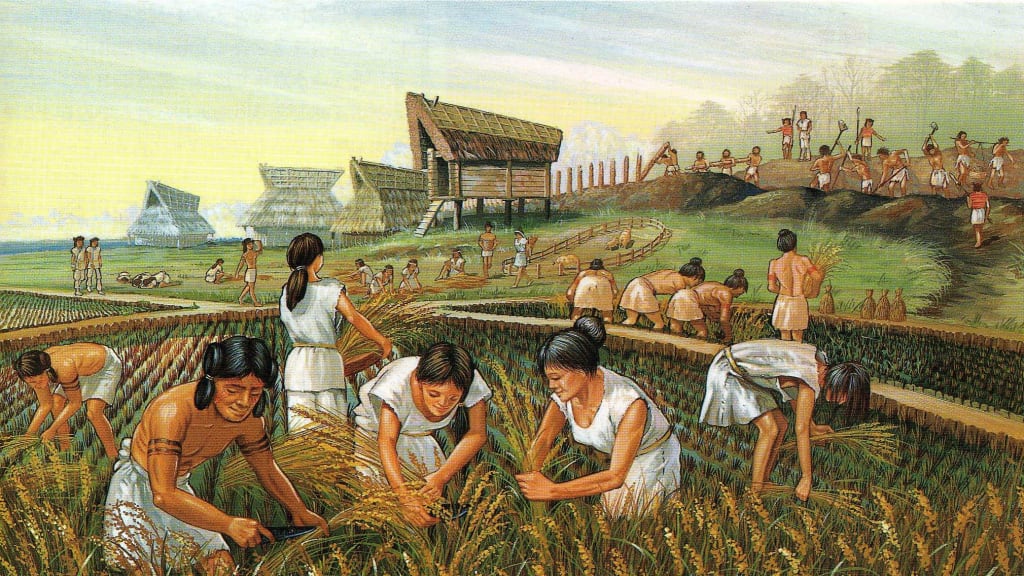Mesopotamian Irrigation Systems: Engineering Marvels of the Ancient World
History

Mesopotamian irrigation systems represent some of the earliest and most sophisticated water management techniques developed by ancient civilizations in the Tigris-Euphrates river basin. These systems, dating back to the Sumerians and later adopted and expanded by Babylonians and Assyrians, were pivotal in transforming the arid landscape of Mesopotamia into fertile agricultural land, thereby sustaining urbanization and fostering cultural and economic development. This article explores the origins, engineering principles, societal impact, technological innovations, and enduring legacy of Mesopotamian irrigation systems.
Origins and Historical Context
Mesopotamian irrigation systems emerged around 6000 BCE in the southern region of Mesopotamia (modern-day Iraq), where the Tigris and Euphrates rivers provided a lifeline for agricultural prosperity. Early civilizations such as the Sumerians recognized the necessity of controlling water flow to mitigate seasonal floods and droughts, laying the groundwork for systematic irrigation practices.
Engineering Principles and Techniques
Mesopotamian irrigation systems utilized several innovative techniques to harness and distribute water:
- Canals and Channels: Civil engineers, known as "asu," meticulously planned and constructed a network of canals and channels to divert river water to agricultural fields and settlements. These canals were often lined with mud brick or stone to prevent erosion and maintain water flow.
- Diversion Structures: Weirs and dams were constructed along riverbanks to regulate water levels and facilitate controlled irrigation. These structures allowed for the storage of water during periods of abundance and its release during dry seasons.
- Lift and Screw Pumps: Mesopotamians developed primitive water-lifting devices, such as the shaduf (a counterweighted lever) and the Archimedes' screw, to lift water from lower to higher elevations, enabling irrigation in areas distant from riverbanks.
Societal Impact and Agricultural Advancements
Mesopotamian irrigation systems had profound implications for society, agriculture, and urban development:
- Agricultural Surplus: Reliable irrigation systems facilitated year-round cultivation of crops such as barley, wheat, dates, and vegetables, leading to agricultural surpluses that supported population growth and urbanization.
- Urban Centers: The success of irrigation encouraged the growth of cities such as Uruk, Ur, and Babylon, which became centers of trade, culture, and political power in ancient Mesopotamia.
- Social Organization: The management of irrigation systems required centralized planning and coordination, giving rise to bureaucratic institutions and administrative structures that governed water distribution and maintenance.
Technological Innovations and Legacy
Mesopotamian irrigation systems laid the foundation for technological and cultural achievements:
- Mathematical and Engineering Knowledge: Engineers developed advanced mathematical principles for surveying land and calculating water distribution, contributing to the advancement of geometry and arithmetic.
- Architectural Legacy: The remnants of ancient irrigation canals and hydraulic structures, such as those at Nineveh and Babylon, attest to the engineering prowess and organizational capabilities of Mesopotamian civilizations.
- Global Influence: Knowledge of Mesopotamian irrigation techniques spread to neighboring regions, influencing the development of water management systems in ancient Egypt, the Indus Valley, and later civilizations around the Mediterranean.
Enduring Legacy and Modern Relevance
The legacy of Mesopotamian irrigation systems persists in modern understanding of water management and agricultural sustainability:
- Historical Insight: Archaeological excavations and historical records provide valuable insights into ancient Mesopotamian culture, technological achievements, and environmental adaptation.
- Water Management Practices: Lessons learned from Mesopotamian irrigation systems continue to inform contemporary water management strategies, particularly in arid and semi-arid regions facing water scarcity.
- Cultural Heritage: Sites associated with Mesopotamian irrigation, such as the ancient cities of Ur and Babylon, are recognized as UNESCO World Heritage Sites, preserving their historical and cultural significance for future generations.
Conclusion
Mesopotamian irrigation systems exemplify the ingenuity, resourcefulness, and societal organization of ancient civilizations in harnessing natural resources for agricultural productivity and urban development. These early hydraulic engineering marvels laid the groundwork for sustained agricultural surpluses, urban growth, and cultural achievements in ancient Mesopotamia. As symbols of human adaptation to environmental challenges, Mesopotamian irrigation systems continue to inspire admiration for the engineering prowess and enduring legacy of one of the world's earliest cradles of civilization.
About the Creator
Marveline Merab
“History never repeats itself. Man always does.”
― Voltaire
Enjoyed the story? Support the Creator.
Subscribe for free to receive all their stories in your feed. You could also pledge your support or give them a one-off tip, letting them know you appreciate their work.






Comments
There are no comments for this story
Be the first to respond and start the conversation.